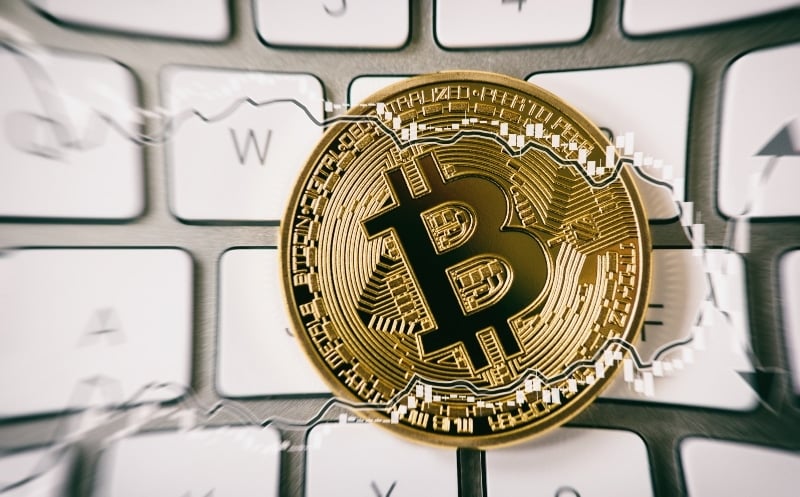
During the past week, there has been a true crypto market crash, fuelled by a general panic selling environment.
The causes of the crypto market crash
It is enough to consider that seven days ago the entire sector was capitalized at $1,650 billion, while now it has fallen to $1,400 billion and last Friday it even fell below $1,300 billion.
There were two causes behind this collapse.
The first is the most obvious one, namely the total implosion of the Terra project. Before the crash, Terra’s native cryptocurrency, LUNA, capitalized around $21 billion, while it has now fallen to around $1.5 billion.
However, this latter figure is completely distorted by the 6.5 trillion LUNA tokens issued after the start of the crash, which blow the market cap calculation out of proportion. Without these tokens created out of thin air in the last few days, the capitalization would be less than $100,000.
In turn, the cause of the implosion of the Terra ecosystem is due to the loss of the dollar peg of the value of its stablecoin, UST, the basis of the entire project.
Already on Monday, 9 May, the market price of UST had fallen below $0.95, while the following day it also collapsed below $0.75.
After a brief recovery to $0.9, which lasted less than 24 hours, Wednesday 11 saw the final collapse, first below $0.70 and then to $0.30. On Friday 13 it also fell below $0.1.
Such a collapse of what should have been a stablecoin pegged to the value of the US dollar caused the implosion of the entire Terra ecosystem based on this algorithmic stablecoin.
The collapse generated panic, which also spread to other cryptocurrencies.
In particular, on Thursday 12, the panic also spread to the world’s largest existing stablecoin, Tether (USDT). But after a brief moment of difficulty, in which the price of USDT fell below $0.99, it recovered fairly quickly by regaining its peg with the dollar.

The spread of the collapse to the entire crypto market and the big tech sector
As for the crypto market in general, the worst day was Friday 13, i.e. after USDT had already recovered its peg with the dollar, and after LUNA had already imploded.
In fact, along with the collapse of Terra there was also a sharp drop in the financial markets in general, which also started on 9 May.
In particular, the Nasdaq, whose trend for some time now has been similar to that of Bitcoin’s price, lost 3.8% in a single day on 9 May, lost 3% on 11 May, and lost more than 2% on 12 May, but then recovered and closed the day at par. However, it must be said that Friday 13 closed with +3.7%, but by then the crypto markets were in trouble.
Actually, on Friday 13, the price of Bitcoin, following the Nasdaq’s trend, climbed from the annual low reached on Thursday 12 at around $25,000, back above $30,000. This is still 12% lower than on Monday 9 May, and 17% lower than on 7 May, when it was around $36,000.
The Nasdaq on the other hand has lost 3.6% since 7 May, although the accumulated loss since the beginning of April is 18%. Bitcoin has lost 36% since the beginning of April.
As the already decreasing trend in crypto markets similar to that of the Nasdaq was compounded by the collapse of Terra on Monday 9 May, the losses on crypto markets intensified. However, Terra’s implosion was not the cause of the drop in the crypto markets, which were already in a downtrend of their own similar to that of the Nasdaq.
In fact, as soon as the Terra implosion was over, there was a small rebound in the crypto markets similar to that of the Nasdaq on Friday 13.
The global financial markets, and thus also the Nasdaq and crypto markets, are being weighed down by uncertainties regarding the global geopolitical and economic situation, in particular the war in Ukraine, inflation, and above all uncertainty about the Fed’s upcoming monetary policy measures, which are feared to be even more restrictive than expected so far.
The post How did the crypto crash happen and why? appeared first on The Cryptonomist.

















